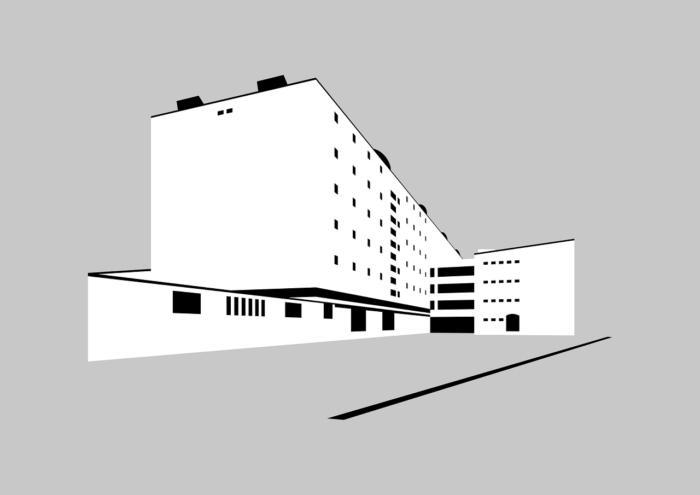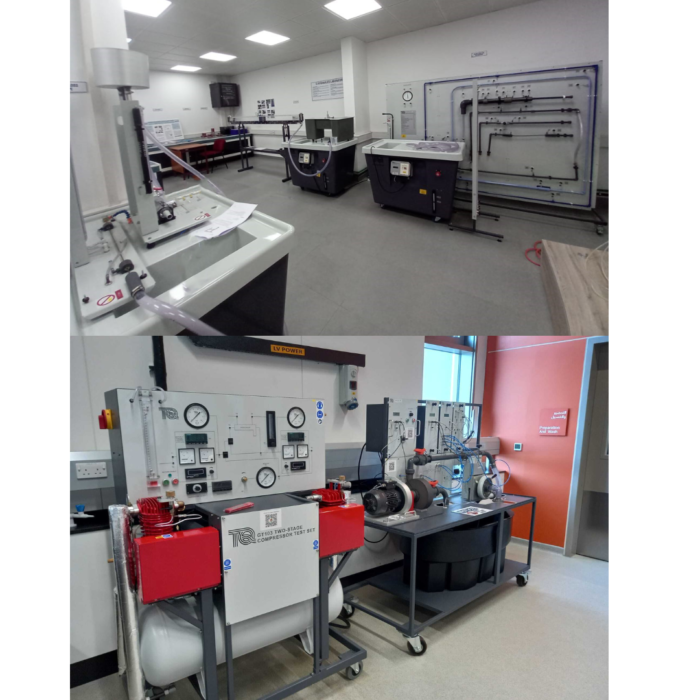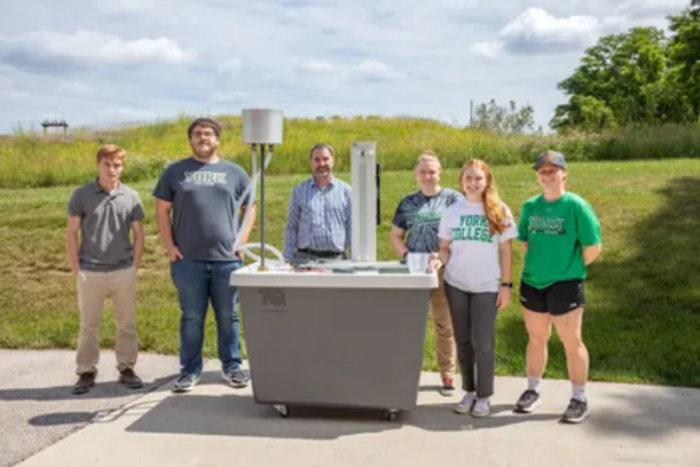If you could summarise your role here at TecQuipment, what would you say?
My role here at TecQuipment is to increase product quality whilst reducing product cost and improve efficiency in terms of ordering items/parts in the right quantities and looking at alternative manufacturing methods for parts and bought in components.
As a company we should be moving towards utilising the latest technology available and thinking smarter to improve the older more traditional methods of manufacturing that are impacting business profit and performance. So, it is my job here to try and find, analyse, and integrate methods that will benefit TecQuipment and our customers.
What work are you undertaking as our manufacturing engineer at TecQuipment?
One project I am undertaking currently, involves taking cost out of products in terms of assembly process, TecQuipment machined parts, parts bought externally and looking into product redesign. The project involves working across departments and in a small team, where we each have an overarching goal focused on one product but individually, we each have a responsibility to take cost out of that product.
Currently, we are focusing on the Thermal Power Plant with Steam Engine Trainer (TD1050). My role within this specific project is to look at the manufacturing process of the frame. We currently make frames out of RHS steel, cut them all into individual lengths, drill/tap features and weld them together to make the frame, but I have been investigating laser cutting technology to see if there is a way to improve this process. I have collaborated with an external company who use Tube Lasers to make parts of the frame from one continuous length of RHS steel that is folded into shape and welded.
By utilising this technology, we are looking at largely reducing the labour time in sheet metal and fabrication, it is also more cost effective to buy material already laser cut than buying the raw material. The estimated annual saving on this is more than four-figures and if we proceed to use this technology on other products this increases to a five-figure sum which can be reinvested into improving more manufacturing processes.
Improving Manufacturing methods with 3D printers
By improving manufacturing processes to be more efficient, it means we can reinvest in the business, and one of these investments was buying a large 300x300x600mm high resolution 3D printer. After a cost-benefit analysis this was considered a justified investment because our machine shops load is larger than its capacity currently. We need to review the applications of our parts and ask does this need to be metal, or can it be transitioned over to become a 3D printed part?
Naturally, we will not see any immediate improvements and it will take time to set up as the parts hole sizes need to change; tolerances need to change because of print shrinkage and different materials need to be trialled. But once we have a working process in place, have an optimum set up and have learned the best way to use the 3D printer effectively we can transition products over, such as the Aircraft Model Low Wing AF1300G. So far, we have identified 40+ parts that we agree can be transitioned over to 3D printing and that can be batch printed. The idea is to change the quantities that are coming through this process as well, instead of producing small quantities of items then in 6 weeks’ time producing the same item again, we will be batch printing 6 months’ worth of stock.
As a company we can predict the demand for parts, based on the number of products sold in the previous year, so we can use this information to batch print parts whilst the machine is configured to print that part. To print a part, we do a translation exercise where the part gets resized and processed through slicing software, so it’s changed from a SolidWorks file to the 3D printer STL file. Every time we want to print a different part this exercise needs repeating, so to be efficient, batch printing removes unnecessary process duplication. This way we are optimising the printing process and being more proactive in our manufacturing.

Ensuring Quality Control with new methods used
Another project I am working on is the quality control process and reducing duplicate work. Because most of our parts are made from aluminium, we post process these and they are sent for anodising, partly for aesthetics but mostly to protect the product from water or damage. So, for this project I look at all the product routes that have anodising and paint on them, then investigate each design individually and decide whether that part needs anodising or not. ‘Will this part ever get wet? Is there a need for anodising or can it be removed from this process and just go through the painting process? Or vice-versa, can this part be removed from painting and just be anodised?’
By performing this workflow and getting the paint shop and stores teams on-board as internal ‘gate keepers’, I have managed to take out a small amount of cost (not a lot of cost, as this is a long project that’s got loads of parts to inspect), but I’ve done about 15-20 changes so far that has taken anodising off that product’s workflow. Each one of those is a couple of pounds, but if we make 20-30 of those parts a year, that monetary value saved increases.
A secondary part of this process control project is introducing an inspection process to machined parts before they enter the anodising workflow. If the level of finish is not matched to the drawings this becomes a problem in anodising. Introducing inspections means we don’t have to strip and redo parts because the quality didn’t match the drawing but entered the anodising process anyway and would need to be redone. In summary it means we save money and time by eliminating process duplication and re-work.
The last part of the project is looking into protective packaging. If a part is packaged in clingfilm or bubble wrap and opened with a sharp object this could scratch the part and make it unusable. Therefore, we’ve introduced a trial process to protect the parts as they leave the building and have purchased specific hard cases that have zigzag foam in them. This has been welcomed by our Anodisers as it speeds up handling time. So, this project is all about trying to introduce a process, and challenge anything that could be happening unnecessarily to help the business save money.
Why are these projects so important to TecQuipment?
All these projects focus on saving money and eliminating waste. Like any company we are adapting and improving to react to the changing economic environment, we must stay competitive in our market whilst maintaining our reputation and product quality. The only way we can do this is to be smarter in our approach to manufacturing by utilising and improving processes, adhering to standards, and investing in innovative technologies. We can then reinvest any money saved back into the company and people working for TecQuipment.
Why are these projects so important to you?
Why I enjoy working at TecQuipment is due to the project’s nature, I can see the full picture of the business and products, and I am given the responsibility to suggest changes and then implement them, so I am part of the whole lifecycle. I ensure everything I change, or implement is tracked so we can see the benefits or improve methods more, so that we are accountable and are only doing things that will benefit the company.
All these changes I am making have the support of the board and our Managing Director Simon’s backing; this means I am unrestricted in my work and can move across different departments implementing new processes and making changes quickly, something that I would not necessarily have been given at Rolls-Royce.
I want to see the results of the work I’ve done and at TecQuipment if you suggest a good idea, you are given the tools and guidance to make that idea work for the benefit of the company, and that’s inspiring to me.
______________
Thank you for sharing a conversation with us Nick on the project work you undertake as a manufacturing engineer at TecQuipment.
We hope you enjoyed finding out about what happens inside TecQuipment and the people who make up TecQuipment too!















